How to Choose Between Asscher Cut and Cushion Cut?
Standing at the diamond counter (or scrolling through high-magnification video), you’ll notice something fast: an Asscher cut gemstone throws broad, mirror-like flashes while a cushion cut diamond throws a softer, often livelier shimmer. Many people arrive convinced they want to “sparkle” and leave in love with pattern, or the other way around. If you’re weighing the Asscher cut vs cushion cut decision, you’re in the right place.
We’ll also flag moments when shoppers compare Asscher cut vs princess cut profiles or wonder whether the vibe of cushion vs Asscher cut lines up better with their style. Engagement season peas from late November into February, so if you’re on that calendar, now is the time to understand the differences.
Understanding the Asscher Cut
The Asscher is a square step cut, think of it as a square cousin to the emerald cut, with deeply clipped corners that give it an almost octagonal outline when viewed face-up. First developed in the early 1900s by Joseph Asscher, the shape gained Art Deco fame and still appeals to people who like strong lines with a vintage edge.
Because step cuts use broad, parallel facets arranged like stairs, light reflects in big, on/off flashes sometimes called a “hall of mirrors.” That means you see down into the stone more readily than with brilliant cuts, and you’ll notice inclusions sooner. Many professionals nudge buyers toward higher clarity in Asschers than they might choose in busy, brilliant cuts, because the open facet windows don’t hide internal features well.
If you’re color sensitive and are targeting near-colorless grades, you may want to review stones in neutral lighting before committing. The broad step facets can make tint transitions easier to spot than in highly splintered brilliant patterns.
One surprise for shoppers: the “spread,” or millimeter face-up size, of many Asschers runs smaller than round or shallow brilliant shapes at the same carat weight because step cuts often carry more depth. Always compare dimensions (length, width, depth) on the grading report, not just carat.
If you’re targeting a holiday proposal, remember custom Asscher settings, especially bezel or compass-prong designs, can add lead time during the busy U.S. engagement season window (late November through early February). Start early if you want design changes.
Exploring the Cushion Cut
Cushion cuts have rounded corners and a pillow-like outline available in square or slightly elongated ratios. They trace their lineage to the old mine cut, the dominant diamond shape of the 18th and 19th centuries. However, modern cushions include a wide range, from broad-faced “chunky” facet patterns that echo antiques to splintery “crushed ice” looks with dispersed sparkle.
You may ask, why so many looks? Cushion facet structures are more variable than regimented step cuts, and cutters tune them for different balances of brightness, fire, and return from irregular rough. That variability lets shoppers fine-tune for personality, bigger flashes in chunkier cushions, or glittery shimmer in modified styles.
Cushions, being in the brilliant/modified brilliant family, tend to mask inclusions better than step cuts at similar clarity grades because their numerous, angled facets break up reflections. That doesn’t mean clarity doesn’t matter, but it does mean you can often accept slightly lower grades without seeing inclusions naked-eye, depending on stone size and placement.
Like Asschers, cushions can hide weight in depth; elongated cushions may look larger lengthwise but lose spread if overly deep. Again, check millimeter dimensions against carats.
Key Differences Between Asscher and Cushion Cuts
Below is a quick comparison table. “What it means for you” interprets how each trait plays out when you’re choosing a stone.
| Attribute | Asscher Cut | Cushion Cut | What It Means for You |
|---|---|---|---|
| Facet Style | Step cut, broad, parallel “stairs.” | Brilliant or modified brilliant; many small, angled facets; from chunky to crushed-ice. | Decide if you prefer bold flashes (Asscher) or lively shimmer (Cushion). |
| Outline | Square with clipped corners | Rounded-corner square or rectangular “pillow.” | Visual softness vs geometry; finger shape preference matters. |
| Sparkle Character | On/off mirror flashes; more pattern than glitter. | Mixed sparkle; can show lots of scintillation in modified cuts. | Indoor lighting differences become obvious, viewed side by side. |
| Clarity Sensitivity | High, open facets show inclusions quickly. | A lower, busier facet pattern helps camouflage. | You may need a higher clarity budget for an Asscher than a similar Cushion. |
| Color Reveal | Shows body color readily. | Often diffuses color slightly (varies by make). | Color grade trade-offs are riskier in Asscher. |
| Face-Up Spread Tendency | Depth can hide weight; it looks smaller than a carat. | Variable; some cushions face up better, others face down. | Always compare mm measurements, not just carat. |
| Style Vibe | Art Deco, architectural, vintage-leaning. | Romantic, soft, versatile vintage-meets-modern. | Match to personal style or heirloom inspiration. |
| Lab Grown Availability | Step cuts less common than rounds, but expanding with lab supply. | Widely available in natural & lab-grown; variety of facet styles. | Lab-grown can open size options in both shapes; supply growth is rapid. |
| Disclosure & Labeling | Must be described accurately if lab-grown. | Same | Look for clear “laboratory-grown” language per U.S. rules. |
Factors to Consider When Choosing
- Budget Reality (Natural vs Lab Grown): Lab grown diamonds now represent a meaningful share of U.S. engagement ring stones and have widened size possibilities for many budgets. However, price movements in both natural and lab grown categories have been volatile. Always review current market trends before purchase.
- Timing: Engagement Season Crunch: Proposal traffic spikes from late November through early February; December is the single busiest month reported in many U.S. surveys. Custom lead times lengthen, so start design and stone selection early if you’re targeting that window.
- Clarity Priorities by Cut: If you’re leaning Asscher, plan to examine clarity closely because step facets spotlight internal features; cushions’ mixed faceting can be more forgiving. View stones in magnified video and in diffuse light to see how inclusions read in motion.
- Color Trade-Offs: Many shoppers are comfortable easing down a color grade or two in cushions because the facet mix disperses body color; with Asschers, that same move may read warmer face-up. Always compare stones side by side.
- Size vs Carat (Millimeter Check): Carat weight is not a size guarantee. Because Asschers can carry depth, and some cushions are cut deep or with thick girdles, two “1 ct” stones can look noticeably different on a finger. Compare millimeter dimensions against the DMIA reference and ring mockups. (Diamond Masters Independent Appraisers, International Gem Society)
- Lifestyle & Setting Security: The clipped corners of an Asscher reduce the exposed points seen in sharp-cornered shapes, but prong integrity still matters, especially for active wearers. Cushions’ rounded corners are forgiving yet still need routine prong checks. Plan regular clean ups and check ups.
- Style Personality: Looking for a graphic, architectural taste? You may connect with the structured facet windows of an Asscher. Prefer soft edges, vintage romance, or halo versatility? Cushion often feels at home across many styles.
- Certification & Reporting: Request an independent grading report (GIA is the global reference standard) for color, clarity, carat, and measurements. Remember: only round brilliants receive formal GIA cut grades; for Asschers and Cushions, you must interpret proportions, symmetry, and visual performance via video.
- Sourcing Transparency (Lab Grown Language Matters): U.S. rules say diamond marketing must clearly disclose when a stone is laboratory grown to avoid confusing shoppers. Look for straightforward descriptors such as “laboratory grown diamond” or “lab created diamond” in product copy and certificates. CaratBee follows the U.S. guidance, so you know exactly what you’re getting.
Cross-Shopping Other Shapes?
-
If you’re comparing Asscher cut vs princess cut, remember princess is a brilliant-style shape with sharp corners (more sparkle, more corner protection needed in setting), while Asscher delivers step-cut flashes and an octagonal outline.
-
Debating cushion vs Asscher cut for “sparkle vs pattern”? Cushion’s mixed faceting gives more scintillation; Asscher rewards those who love depth and symmetry. View both under daylight conditions before deciding.
Which Cut Is Right for You?
Here’s a quick decision path you can walk through (mentally, or with a CaratBee gem specialist on video):
- You live for geometric patterns and clean lines: Your eye goes to architecture, Art Deco details, and square watches. Start with Asscher and compare a few clarity tiers to see where you land.
- You want glow, softness, or vintage-meets-modern flexibility: Try Cushion in both chunky and crushed-ice styles; the difference in sparkle texture is huge.
- You’re pushing carat size and watching budget: Expanding lab grown supply has opened larger size windows for many shoppers in both shapes; compare natural and lab grown side by side with transparent disclosure.
- You have a holiday proposal deadline: Work backward from late November- February; select stone and set it early so you’re not stuck with rush fees or limited inventory.
Conclusion
Choosing between an Asscher cut or cushion cut isn’t about which cut ranks “better”, it’s about which one fits how you see beauty, what you notice first (sparkle? symmetry?), and how you plan to wear your ring. Compare stones in real video, check millimeter size, not just carat, confirm grading, and make sure any laboratory-grown diamond is clearly labeled as per the U.S. guidance so there’s no confusion later.
See the difference with CaratBee. Compare Asscher and Cushion diamonds, natural and lab grown, in real time with a CaratBee gem specialist. We’ll zoom in on clarity, review measurements, and show how each stone performs in multiple lighting conditions so you can choose with confidence. Book a free video consultation or start browsing stones now.

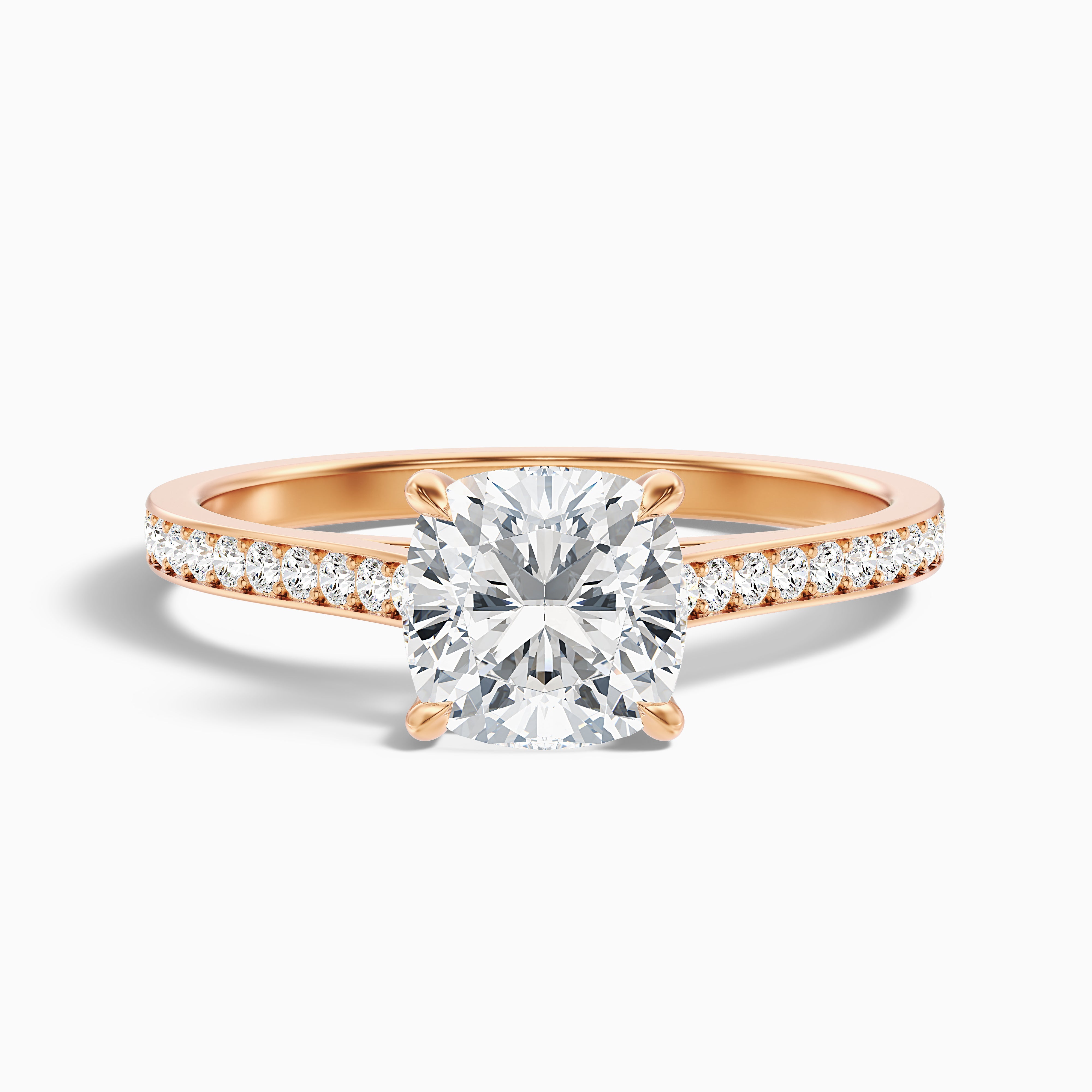
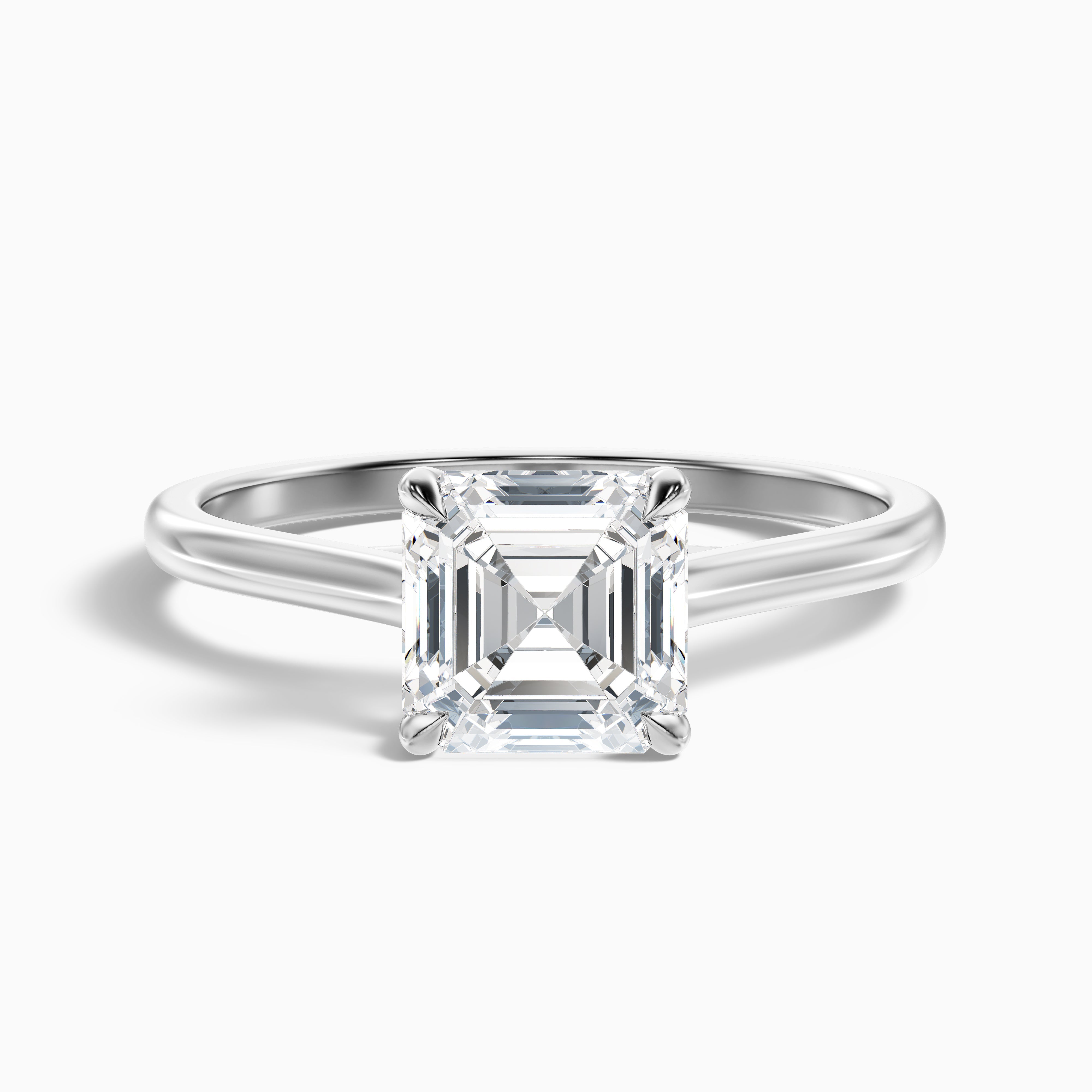
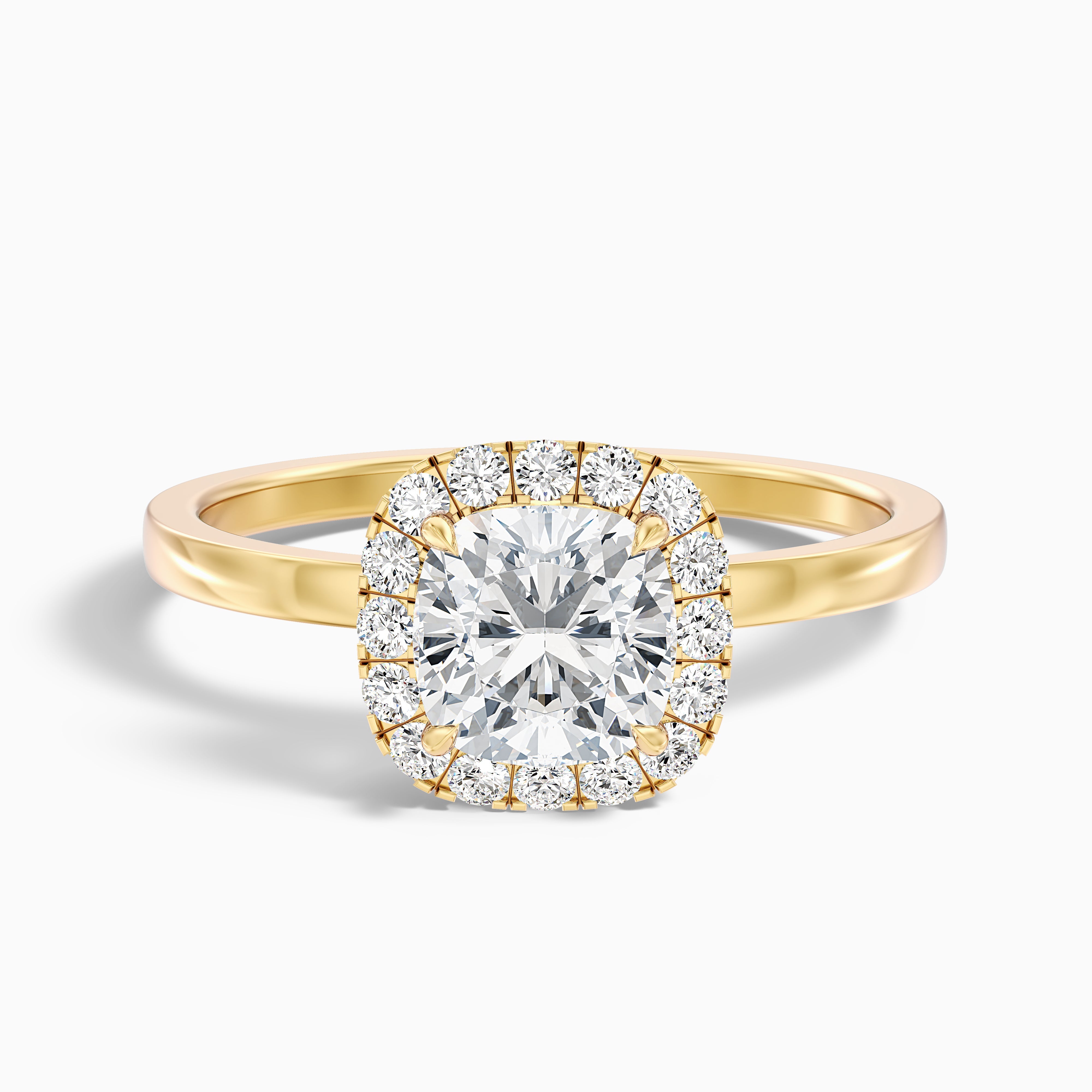
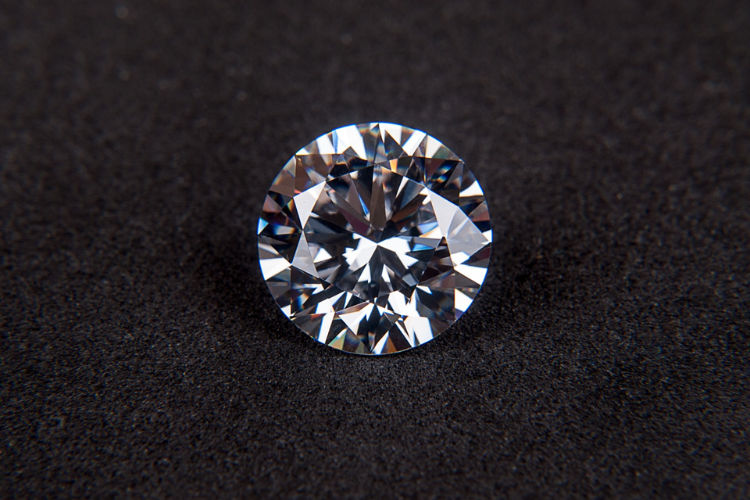
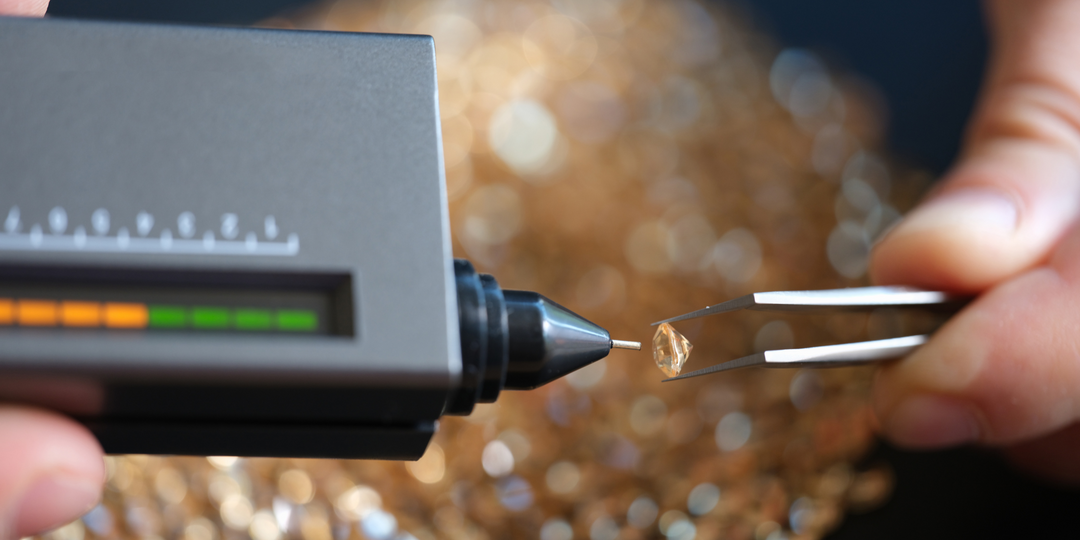
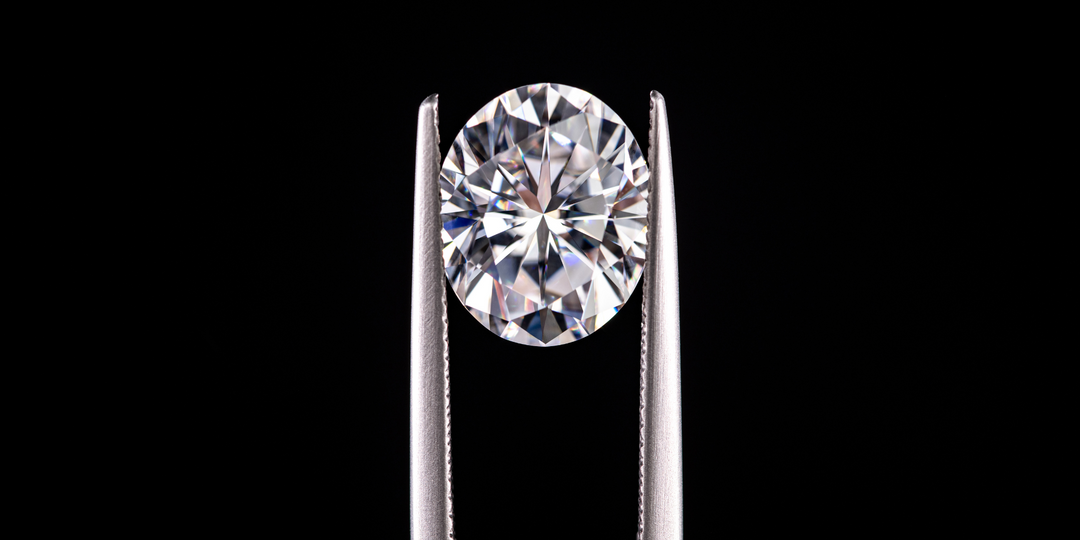

Leave a comment